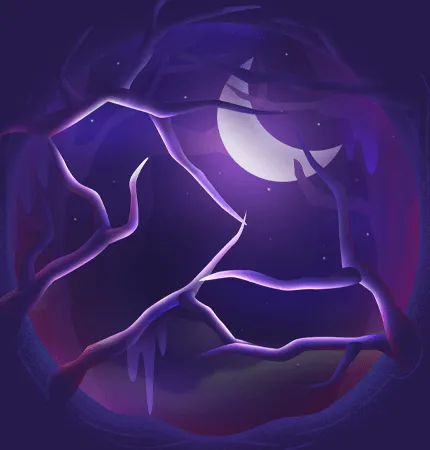
Invisible Intruders
Command Line Heroes • • Invisible Intruders | Command Line Heroes
Invisible Intruders | Command Line Heroes
About the episode
What began as a supposed accounting error landed Cliff Stoll in the midst of database intrusions, government organizations, and the beginnings of a newer threat—cyber-espionage. This led the eclectic astronomer-cum-systems administrator to create what we know today as intrusion detection. And it all began at a time when people didn’t understand the importance of cybersecurity.
This is a story that many in the infosec community have already heard, but the lessons from Stoll’s journey are still relevant. Katie Hafner gives us the background on this unbelievable story. Richard Bejtlich outlines the “honey pot” that finally cracked open the international case. And Don Cavender discusses the impact of Stoll’s work, and how it has inspired generations of security professionals.
Subscribe
Subscribe here:
Transcript
About the show
Command Line Heroes
During its run from 2018 to 2022, Command Line Heroes shared the epic true stories of developers, programmers, hackers, geeks, and open source rebels, and how they revolutionized the technology landscape. Relive our journey through tech history, and use #CommandLinePod to share your favorite episodes.



